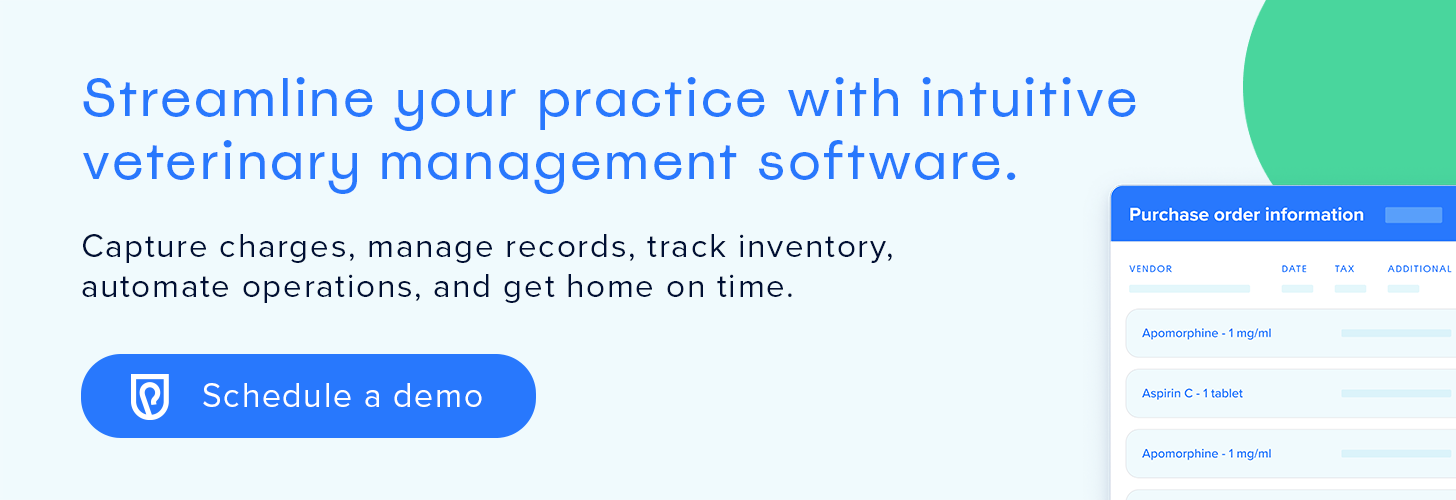How To Deal With Difficult Clients in Your Veterinary Practice

Despite the old saying, the client isn’t always right. In fact, they’re sometimes contentious, difficult, and downright abusive. The threat of aggression in veterinary practice is no longer limited to our patients but includes their disgruntled owners. Help your team feel safe and supported in the workplace by establishing clear protocols and training on how to deal with difficult clients.
Understanding leads to successful client retention strategies
While there is never an excuse for disrespectful behavior, recognizing a difficult client’s motivation can help your team achieve meaningful communication and resolution. Common drivers of uncivil behavior include:
- Emotional turmoil (i.e., worry about a pet’s well-being)
- Financial concerns
- Misinformation from Dr. Google and other online sources
- Unrealistic expectations about the pet’s condition, prognosis, cost of care, and/or the team’s availability
7 Tips on how to deal with difficult clients
Dealing with difficult clients is an inevitable part of working in vet med, but a thoughtful customer service strategy can turn challenging interactions into opportunities for connection and understanding. Here are seven strategies for handling tense situations with empathy, authenticity, and professionalism.
1. Designate a point person to manage upset clients at your practice
While every team member needs to know how to deal with a difficult client, these situations should be handled by experienced practice leaders, managers, or supervisors who are trained in de-escalation. By empowering employees with the knowledge of who to turn to, they can quickly and calmly address frustrated clients and ensure each situation is managed according to your customer service strategy.
2. Practice active listening
All clients, including the difficult ones, want to be heard. Show them that their concerns matter by practicing active listening. Invite in-clinic clients to a quiet room where they feel more comfortable, and give them your full attention without distractions. Use open and positive body language and responses that demonstrate you’re genuinely listening, such as nodding, eye contact, and repeating their primary concerns in your own words to demonstrate understanding.
3. Stay calm, cool, and collected
When dealing with difficult clients, resist the urge to match their energy or volume. Instead, focus on keeping your tone steady and your movements calm and measured. Modeling calm behavior can help you keep your own emotions in check and de-escalate the situation.
4. Avoid interrupting or minimizing
Refrain from common statements such as “I understand” or “Everyone else has to wait/pay/etc., too.” While often meant to reassure, these phrases can be perceived as dismissive or disrespectful. Instead, validate the client’s emotional experience by simply acknowledging it: “I can see why this is frustrating” or “I know how much you love Maggie and this is a scary time” can go a long way toward making inroads. Instead of minimizing the client’s experience, statements like these make the client feel seen and heard.
5. Focus on building connection, not conflict
Approach difficult client interactions with the goal of finding common ground. Instead of viewing these conflicts as a problem to solve, start by showing empathy and a desire to understand and support. This can set agitated clients at ease and improve cooperation.
6. Work together toward resolution
Using the information you gathered while actively listening, work together with the client to resolve the issue. This collaborative approach not only helps the client feel heard but also empowers them by making them an active participant in the solution. Present potential options or solutions that are realistic, achievable, and aligned with their needs. Remain transparent about any limitations or necessary steps to solve the problem.
Once a resolution is reached, follow up with the client via phone or email to ensure their satisfaction and reinforce the practice’s commitment to their pet’s well-being. By handling conflicts with clear communication and genuine empathy—key components of an effective client retention strategy—you can turn a potentially negative experience into an opportunity to engage the client and increase the likelihood of their return.
7. Bounce back with a team debrief
After dealing with a difficult client, gather your veterinary team for an informal debriefing session. Discuss the situation and the team’s response, elaborating on what went well and what could be improved. Address training or knowledge gaps so the team feels confident, supported, and prepared for future scenarios.
When to say goodbye to clients who display bad behavior
Prioritizing a safe, respectful atmosphere benefits your business, team, patients, and other clients. This sometimes means cutting ties with persistently difficult or disrespectful pet owners. If a client repeatedly displays disrespectful or aggressive behavior, despite clear boundaries and efforts to resolve their concerns, termination of the client relationship (i.e., “firing a client”) is often the best choice. Ensure the “firing” process is professional and final by documenting all incidents and providing a formal termination notice.
Communication: A key customer service strategy
Knowing how to deal with difficult clients is an unfortunate but necessary skill in veterinary medicine. But, with empathy, understanding, and a thoughtful approach you and your team can clarify misunderstandings, smooth out the rough patches, and build a path to stronger client relationships.
Need help connecting with clients? Shepherd Veterinary Software makes it easy with powerful client communication tools including ready-to-use templates, two-way texting, an online pet portal, and automated reminders to ensure your message is always received, loud and clear. Contact us to schedule your demo!
